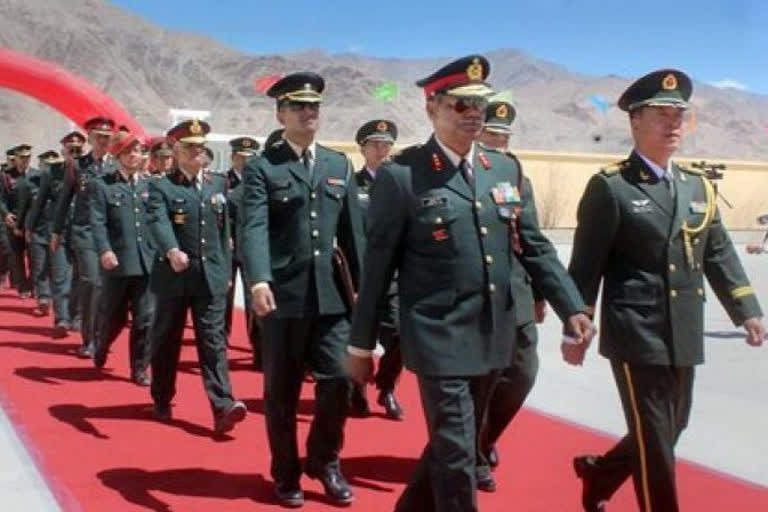New Delhi:The Indian military conveyed a "very clear" message to the Chinese army during nearly 15-hour-long talks that status quo ante must be restored in eastern Ladakh and it will have to follow all mutually agreed protocols for border management to bring back peace and tranquillity along the Line of Actual Control.
During the course of the intense and complex negotiations between senior commanders of the two armies that ended at 2 am on Wednesday, the Indian delegation also apprised the Chinese PLA about the "red lines" and conveyed that the onus was largely on China to improve the overall situation in the region, the sources said.
The two sides agreed on certain modalities for rolling out the next phase of disengagement and are expected to get in touch with each other after discussing agreed points with the higher authorities of both sides, the sources said.
The fourth round of Lt General-level talks began around 11 AM on Tuesday at a designated meeting point in Chushul on the Indian side of the LAC, they said. There was no official word on the outcome of the talks.
The Indian delegation was led by Lt Gen Harinder Singh, the Commander of the Leh-based 14 Corps, while the Chinese side was headed by Major General Liu Lin, Commander of the South Xinjiang military region.
Army Chief Gen MM Naravane was apprised about the details of the negotiations following which he held discussions with senior military officers. He is scheduled to hold another meeting with a number of senior military officers later in the day.
Also Read:Fourth round of Corps Commander-level talks between India, China concludes
Tuesday's discussions were the longest negotiations between the two armies after the tense standoff that began on May 5. The third round of Lt General-level talks on June 30 lasted 12 hours. During this round, both sides agreed on an "expeditious, phased and stepwise" de-escalation as a "priority" to end the standoff.
The sources said that the main focus of the latest round was on finalising a framework for a "time-bound and verifiable" disengagement process from all the friction points like Pangong Tso and Depsang and pulling back large numbers of troops and weapons from rear bases along the LAC as part of modalities for further de-escalation.
"It was clearly conveyed to China that it must follow all the relevant provisions of agreements and protocols that govern the management of the border by both the sides," they said.
The Indian side insisted on "total restoration" of status quo ante in all areas of eastern Ladakh prior to May 5 when the standoff began following a clash between the troops of the two countries in Pangong Tso, they said.
The Indian delegation also conveyed concerns over China's "new claim lines" in the region, and insisted that Beijing must adhere to the earlier framework on carrying out patrolling in the areas, the sources said.
